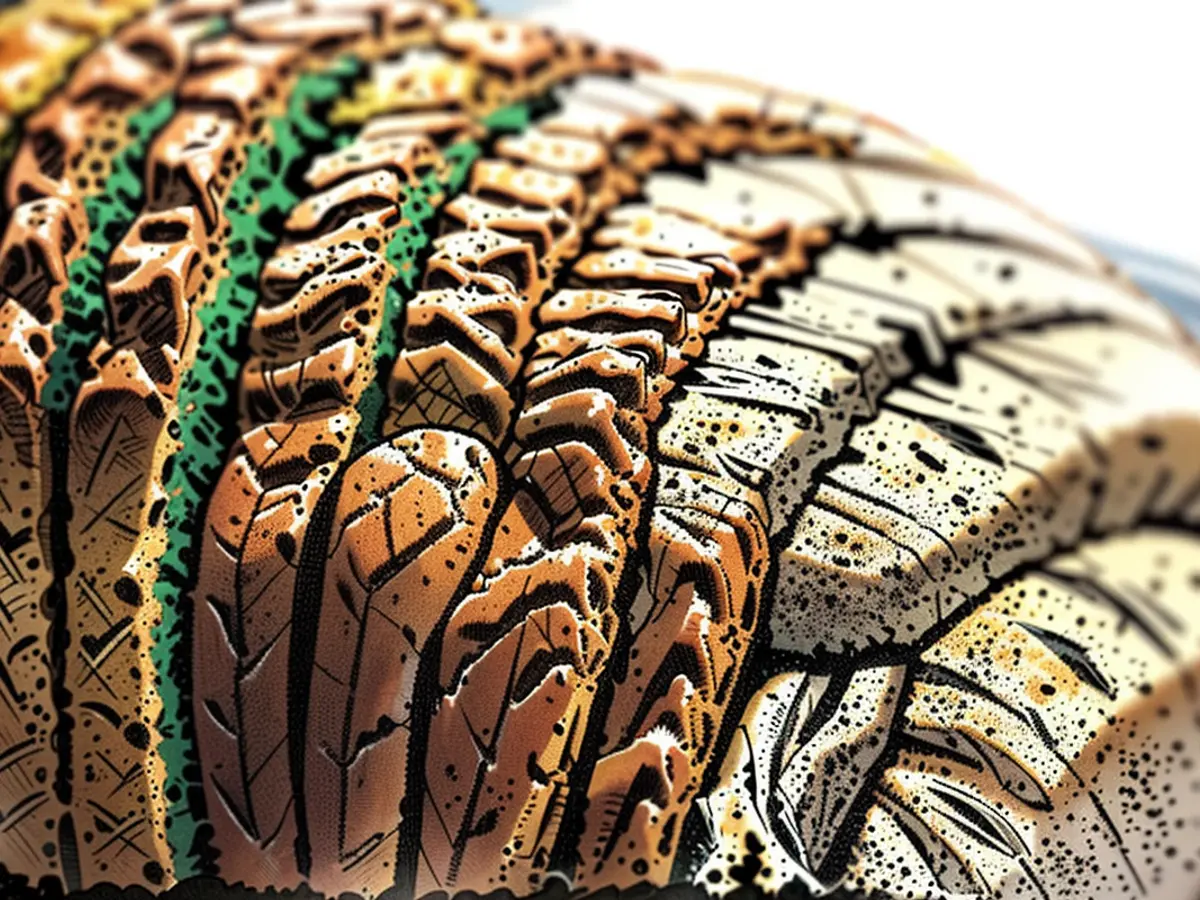The initial point in human history when carbohydrate breakdown commenced.
Starchy foods like bread, potatoes, and rice are crucial parts of our diet today due to their energy-rich carbohydrates. However, it was only a specific point in human history when our ancestors developed the capability to digest starch. A study conducted in the U.S. has pinpointed this period.
Scientists at the University of Buffalo and the Jackson Laboratory for Genomic Medicine estimated that humans have been consuming starchy foods for approximately 800,000 years. This finding was published in the journal "Science" after thorough research. The ability to digest carbohydrates significantly broadened the human diet and provided an evolutionary advantage.
The key to digesting complex carbohydrates comes down to a specific gene—the salivary amylase gene (AMY1). Our multiple copies of this gene enable us to produce more amylase in our saliva, breaking down starch into glucose and giving bread its distinctive taste.
Researchers wanted to determine when humans acquired this gene and how it evolved. Their study revealed that hunter-gatherers already had multiple copies of the gene before the arrival of agriculture, and these gene copies were present in Neanderthals and Denisovans as well.
"The more AMY genes you have, the more amylase you can produce, and the more starch you can effectively digest," explained Omer Gokcumen, a researcher from the University of Buffalo.
By utilizing various sequencing methods, the researchers traced the evolutionary history of the salivary amylase gene with precision. They examined the genomes of 68 early humans, including a 45,000-year-old sample from Siberia. The analysis showed that hunter-gatherers had multiple copies of the gene even before agriculture became widespread.
The scientists also found that these gene copies were present in Neanderthals and Denisovans, suggesting that the AMY1 gene may have first been duplicated over 800,000 years ago, well before homo sapiens evolved approximately 300,000 years ago.
This gene duplication potentially resulted in better starch digestion, leading to more offspring for individuals with multiple gene copies. Over time, their lineages flourished due to this evolutionary advantage. European farmers, in particular, showed a significant increase in the number of AMY1 copies in their genomes over the past 4,000 years due to their starch-rich diet.
A recent U.S. study, published in the journal "Nature," supported these findings, demonstrating that people in Europe have increased their average number of AMY1 copies from four to seven over the last 12,000 years.
The discovery that multiple copies of the salivary amylase gene (AMY1) were present in Neanderthals and Denisovans, as well as in hunter-gatherers before the widespread adoption of agriculture, suggests that 'The human race' had this gene duplication for starch digestion over 800,000 years ago.
This genetic adaptation allowed 'The human race' to effectively digest starchy foods like bread and potatoes, broadening our diet and providing an evolutionary advantage.







